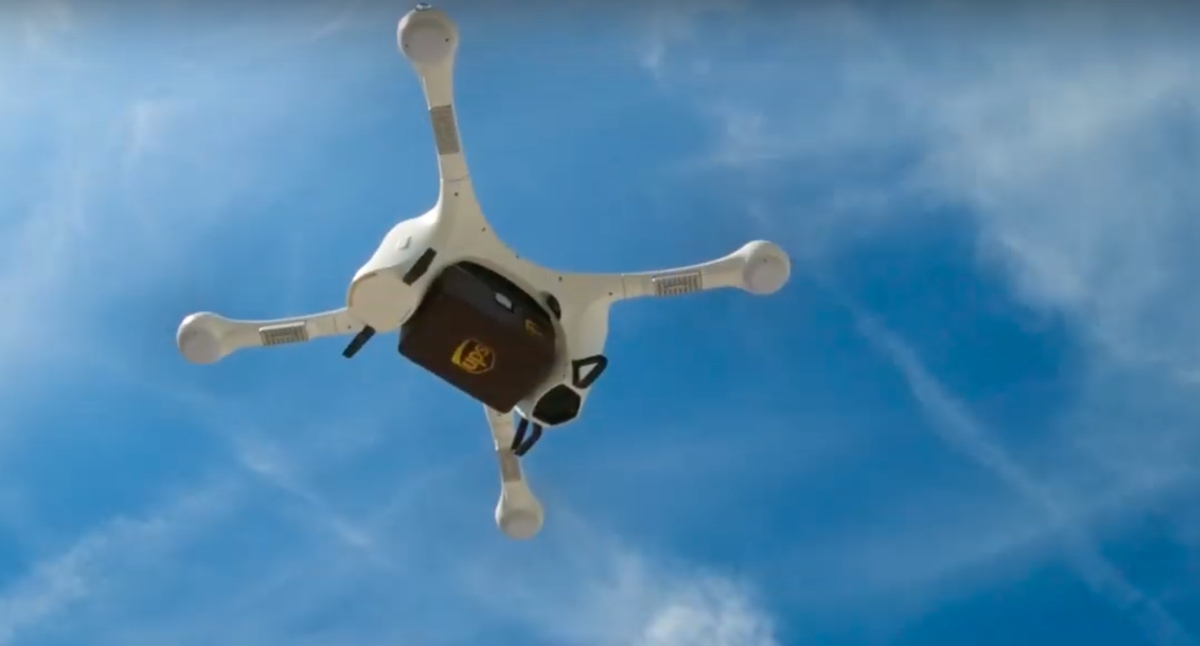PatR
Well-Known Member
BLOS drones have been in use inside the U.S. since at least late 2004. The Hunter was being used back then for border security. Later, the Predator was employed on our northern border for the same purpose. It has also been deployed for aerial surveillance at numerous cities during presidential visits. Both the Scan Eagle and Puma have been used for pipeline inspections in Alaska since 2013, while Scan Eagle obtained a CoA to survey BNSF rail lines in appx 2015. Currently, both the Scan Eagle and Global Hawk are used for long range recon by the Coast Guard, and ling range drones have been in use on DDG’s and other Naval vessels since 2008.
The Scan Eagle has over 1 million flight hours in dedicated aerial surveillance over densely populated areas, the Shadow has close to that, and Aerosonde is playing catch up. We can be pretty sure our gov fully comprehends what they’ve been doing with Predator and Reaper.
Point being, there’s nothing about BLOS drone ops our FAA has any real questions about as all the stuff mentioned has been either closely monitored or directly supervised by the FAA, with some aerospace companies hosting the FAA to provide them drone training.
The Scan Eagle has over 1 million flight hours in dedicated aerial surveillance over densely populated areas, the Shadow has close to that, and Aerosonde is playing catch up. We can be pretty sure our gov fully comprehends what they’ve been doing with Predator and Reaper.
Point being, there’s nothing about BLOS drone ops our FAA has any real questions about as all the stuff mentioned has been either closely monitored or directly supervised by the FAA, with some aerospace companies hosting the FAA to provide them drone training.
Last edited:







